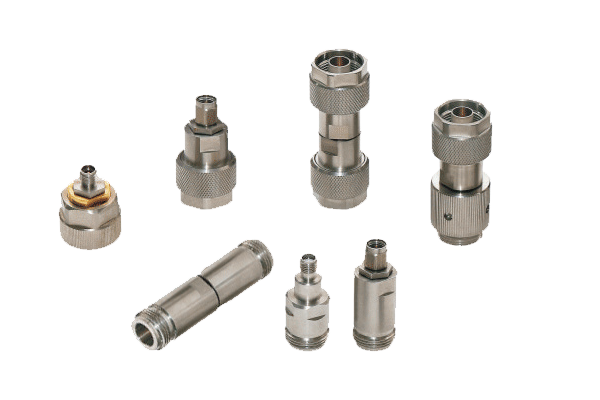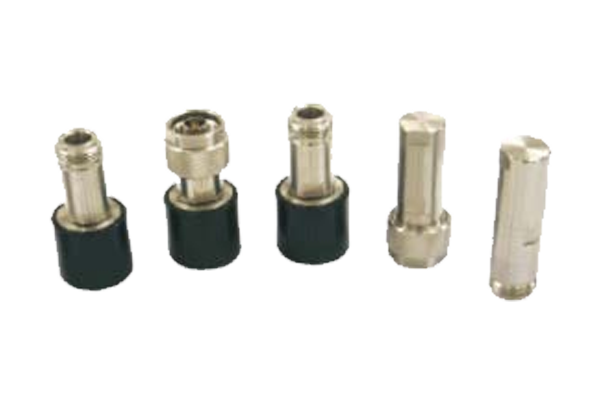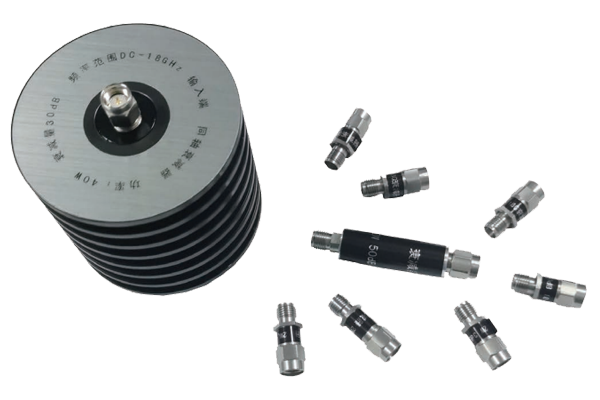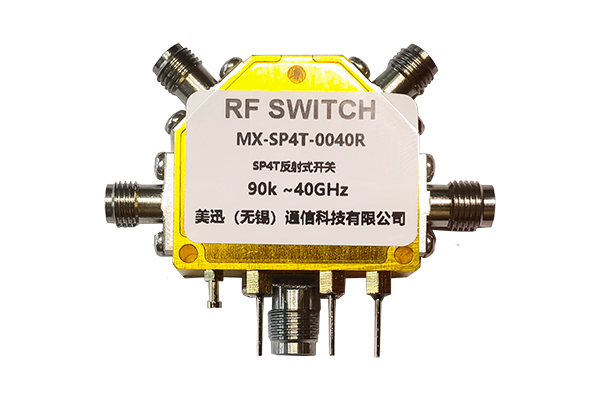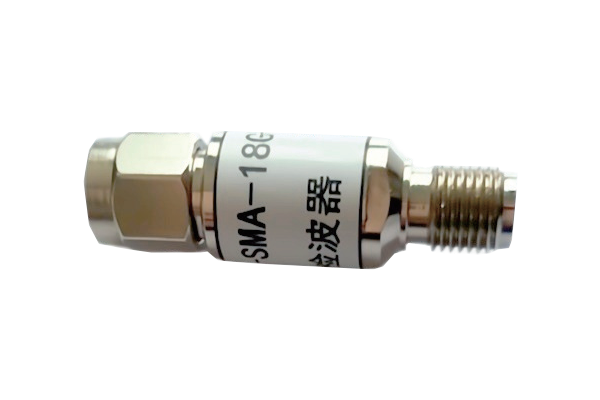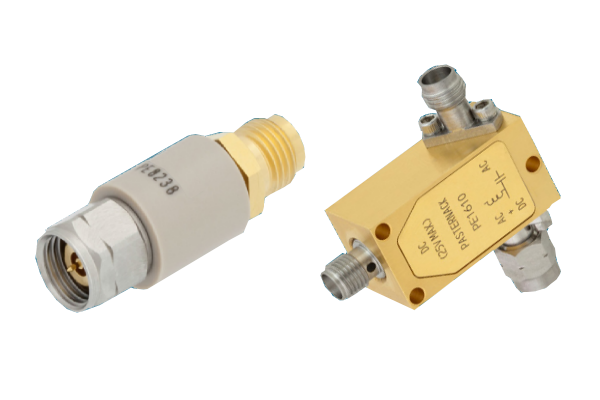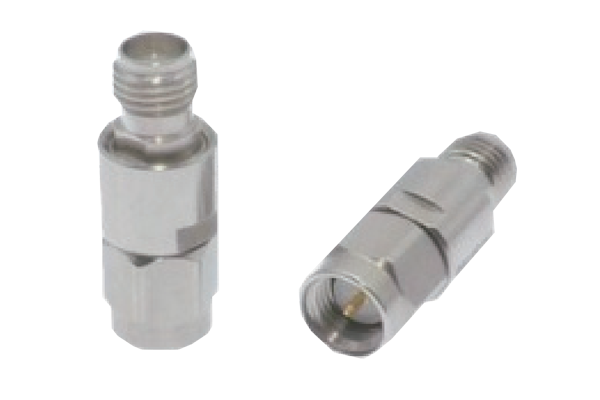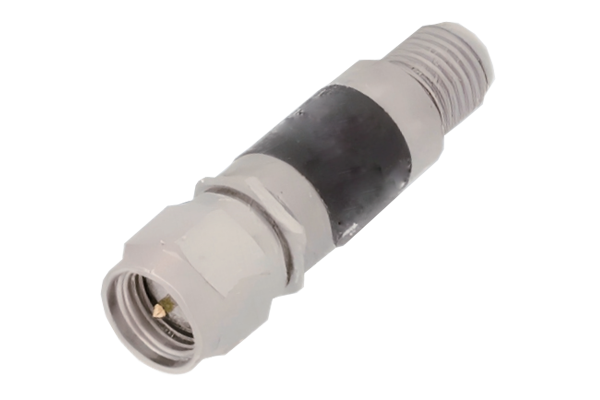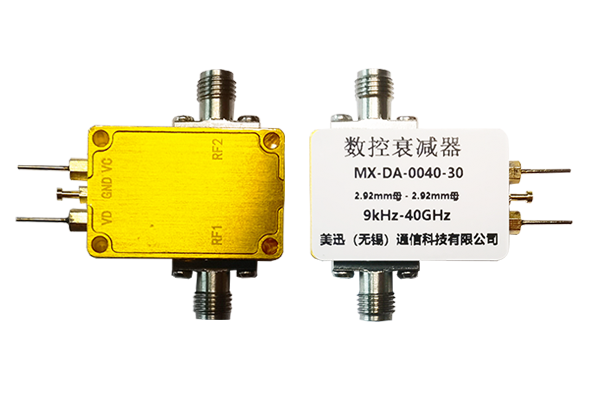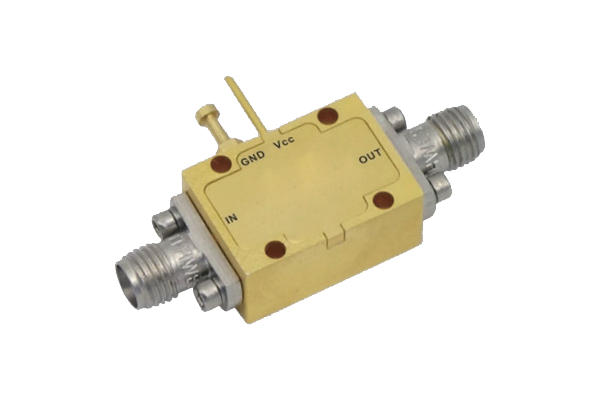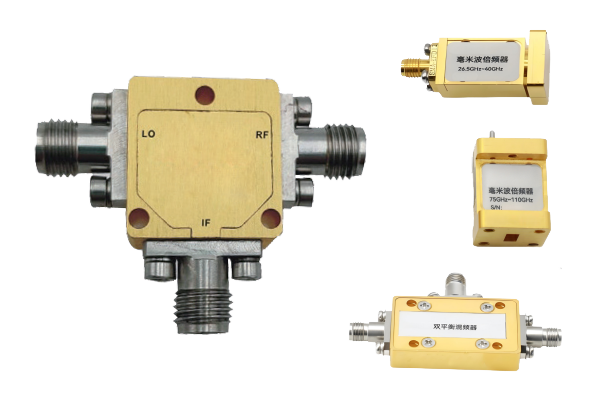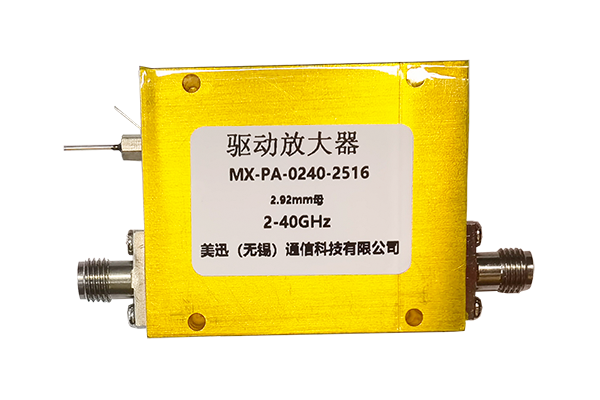How to Reduce Insertion Loss in a Waveguide Switch
The rationality of the waveguide switch structure directly affects signal transmission efficiency.
Ensure the inner waveguide wall is smooth and flat to reduce signal reflection and scattering during transmission.
Furthermore, the waveguide's cross-sectional dimensions and transition regions should be appropriately designed to avoid signal attenuation due to structural abrupt changes.
Optimize the transmission path within the switch to shorten signal transmission distances, reduce unnecessary path loss, and ensure that the signal is transmitted along the optimal path.
The electromagnetic and physical properties of materials significantly influence insertion loss.
Metal materials with excellent conductivity should be used for the waveguide cavity to improve signal transmission efficiency and reduce losses due to material resistance.
Furthermore, dielectric materials with stable dielectric constants and low loss tangents should be selected for insulation and support components to prevent signal energy absorption.
Special coatings can be applied to the material surface to enhance conductivity and corrosion resistance, further reducing losses in the waveguide switch.
Connections are weak links in signal transmission and are prone to excessive losses.
The connection between the waveguide and the switch components must be tightly fitted to avoid gaps or looseness, minimizing signal leakage.
Precise docking structures are used at the connection interfaces to ensure impedance matching and prevent signal reflections caused by impedance mismatch.
The connection points are sealed to prevent foreign matter from entering and affecting signal transmission, thereby improving the stability and reliability of the waveguide switch.
The precision of the production process directly determines the performance of the switch.
During the manufacturing process, high-precision processing equipment is used to ensure that the dimensional accuracy and geometric tolerances of the components meet design requirements.
Strictly following operating procedures during assembly ensures that all components are properly assembled to avoid losses caused by improper assembly.
Comprehensive performance testing and debugging are performed on the finished waveguide switch to promptly identify and correct any issues that may increase insertion loss.








